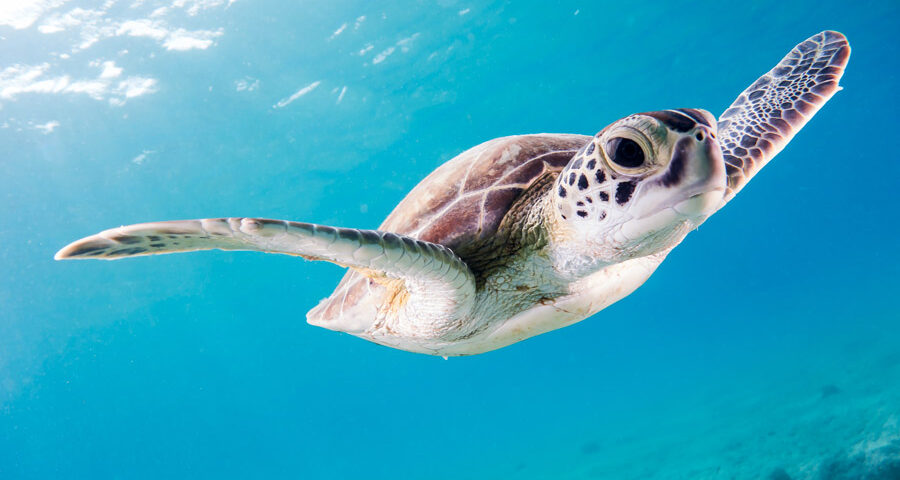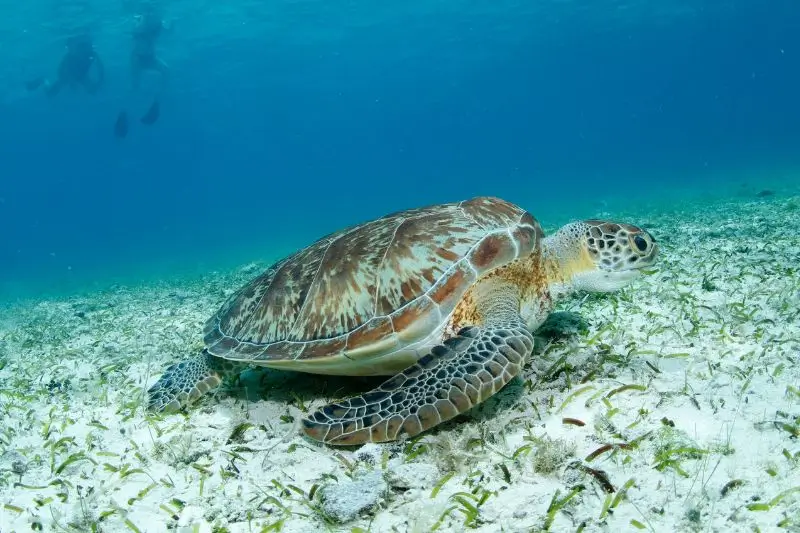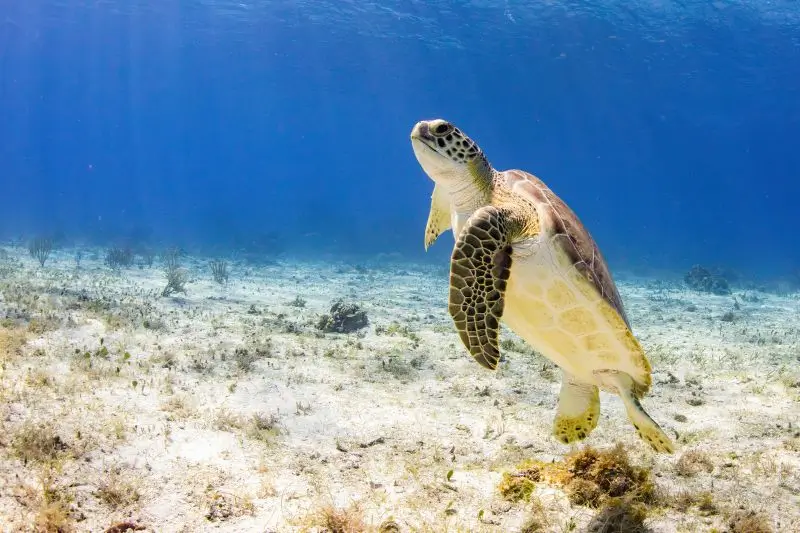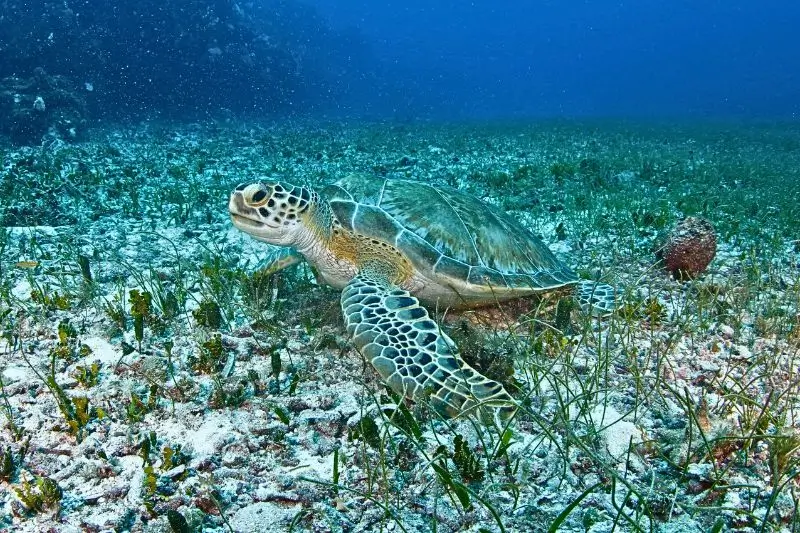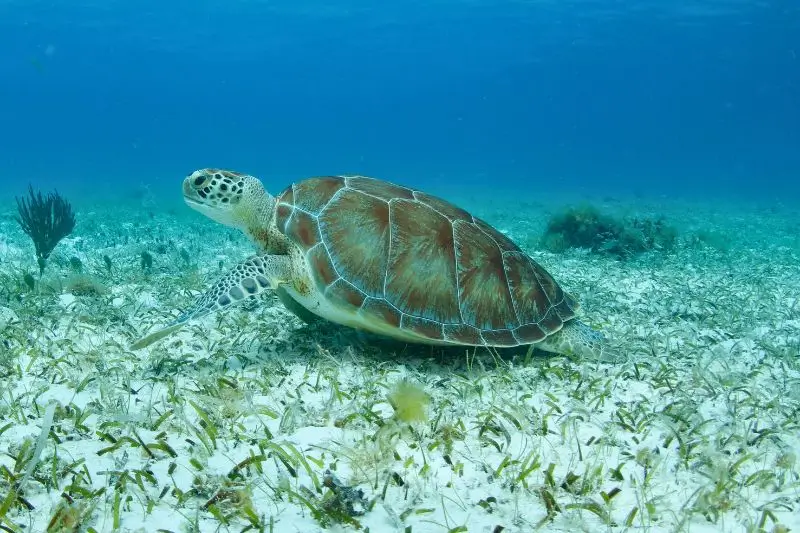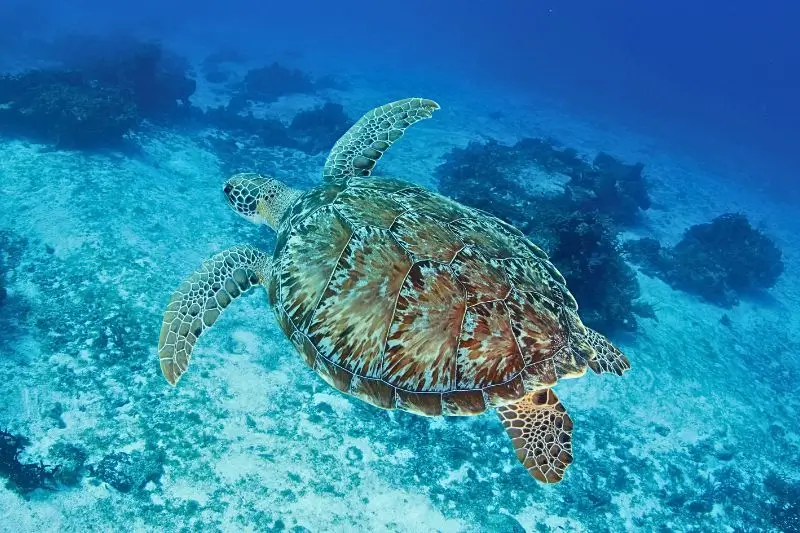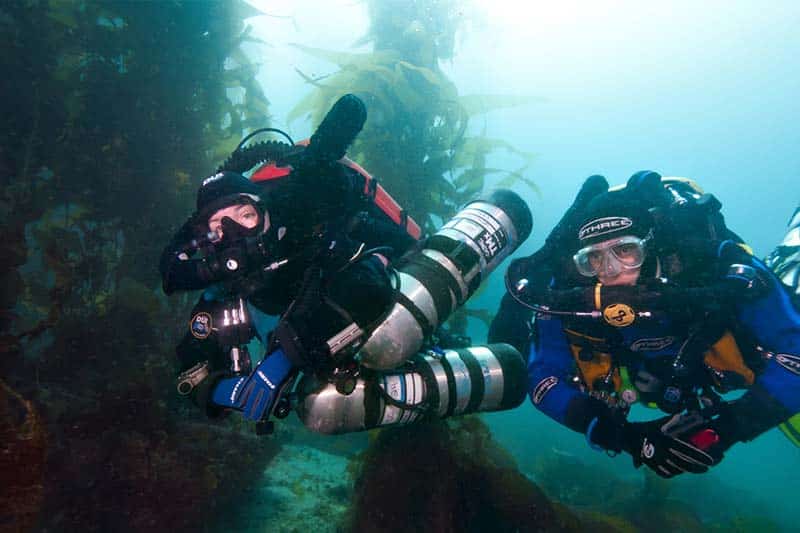Let’s dive into some curious green turtle facts.
If you’re a diver, today’s mission will strike a chord. And if you’re not, well, it should. Because green turtles are honestly our underwater buddies.
They see you diving and don’t swim away. They come closer. They look at you. They ignore you… with elegance. They let you into their world.
So, the logical thing is to get to know them a little better, right?
Who they are. What they eat. How they live. Where they go. And what makes them special. Because they are, very much so.
Here you’ll find green turtle facts you didn’t know.
Little curiosities to share after the dive.
And surprising details that’ll make you want to get back in the water just to see them again.
I’ll tell you about their lives.
About their habitat, and how it shifts with the tides.
Did you know their common name is way more interesting than it sounds?
We’ll talk about their most striking features.
And get ready for an eye-catching gallery of green turtle photos.
Although, if you really want to see them properly, like really properly, the best thing you can do is dive with them. So, I’ll also tell you where to find them and how to do it responsibly.
All that, and more, in a guide that’s not meant for biologists.
It’s for divers like you.
And here’s a promise:
With all this green turtle knowledge, next time you spot one underwater, you’ll see her differently.
Because now you know her.
And knowing your dive buddy? That’s always a good plan.




